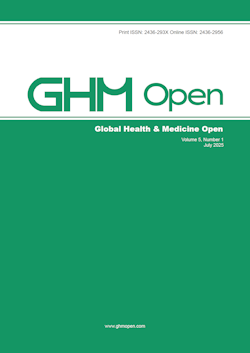Pain relief effect of metoclopramide vs. sumatriptan for acute migraine attack: A single-center, open-label, cluster-randomized controlled non-inferiority trial
Funato Y, Kimura A, Matsuda W, Uemura T, Kobayashi K, Sasaki R
Triptans are recommended as a treatment for moderate to severe migraines; however, barriers to administration include contraindications or possible side effects. In contrast, metoclopramide, which is frequently used as an antiemetic in the emergency department setting, has shown efficacy in alleviating migraine pain. This study investigated the non-inferiority of intravenously (IV) administered metoclopramide 10 mg compared with subcutaneously (SQ) administered sumatriptan 3 mg for alleviating migraine pain. In this single-center, open-label, cluster-randomized controlled trial, patients presenting to the emergency department with migraine attacks were allocated to either the IV metoclopramide 10 mg group or the SQ sumatriptan 3 mg group. The primary outcome was change in numerical rating scale (NRS) score for headache at 1 h after baseline. The non-inferiority margin was set as −1.0 NRS points. Thirty-six patients were enrolled over a period of 3 years, starting from July 2019. Reduction in NRS at 1 h was 4.1 (95% confidence interval [CI]: 2.8, 5.4) in the metoclopramide group and 5.2 (95% CI: 4.2, 6.1) in the sumatriptan group, with a mean difference of −1.1 (95% CI: −2.7, 0.4), indicating that metoclopramide was not non-inferior to sumatriptan. Four patients required rescue medication: 3 (18%) in the metoclopramide group and 1 (7%) in the sumatriptan group (p = 0.34). There were no serious adverse events in either group. One hour after metoclopramide administration, migraine pain was reduced compared with baseline, but metoclopramide did not demonstrate non-inferiority for alleviating acute migraine pain compared with sumatriptan.







